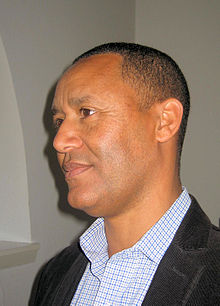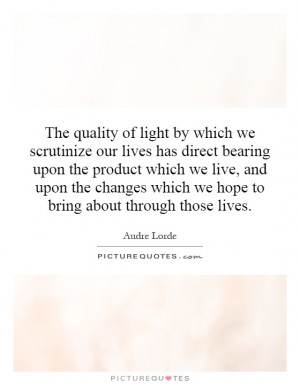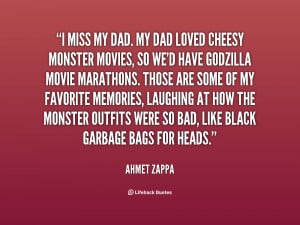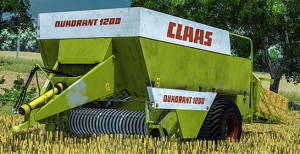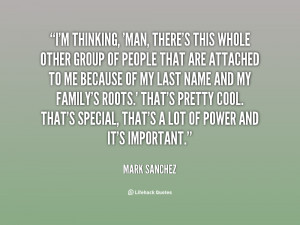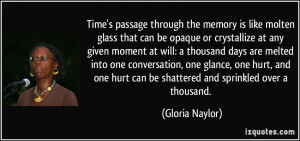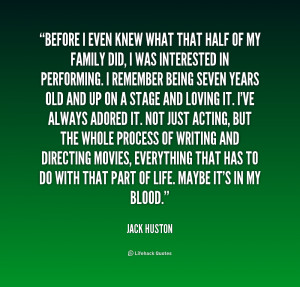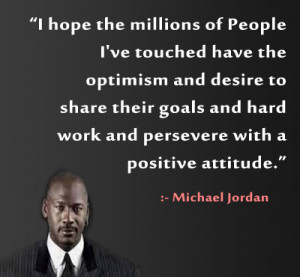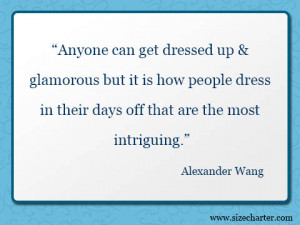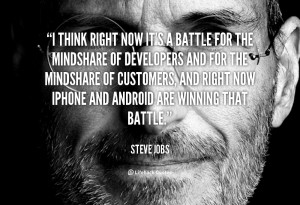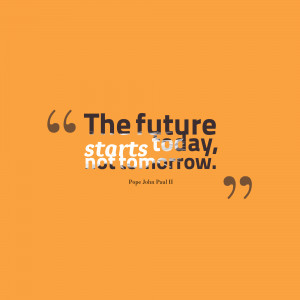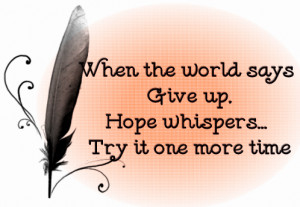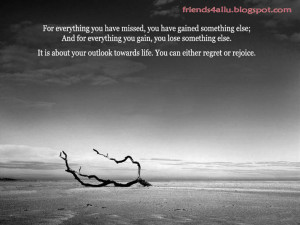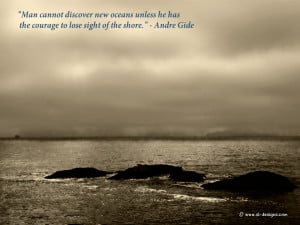Zeresenay Alemseged — Ethiopian Scientist born on June 04, 1969,
Zeresenay Alemseged is an Ethiopian paleoanthropologist and Chair of the Anthropology Department at the California Academy of Sciences in San Francisco, USA. He is best known for his discovery, on December 10, 2000, of Selam, also referred to as “Lucy’s child”, the almost-complete fossilized remains of a 3.3 million year old child of the species Australopithecus afarensis. The “world’s oldest child”, she is the most complete skeleton of a human ancestor discovered to date. Selam represents a milestone in our understanding of human and pre-human evolution and contributes significantly to our understanding of the biology and childhood of early species in the human lineage; a subject about which we have very little information. Alemseged discovered Selam while working with the Dikika Research Project, a multi-national research project, which he both initiated in 1999 and leads. The DRP has thus far made many important paleoanthropological discoveries and returns to the field each year to conduct further important research. Alemseged’s specific research centers on the discovery and interpretation of hominin fossil remains and their environments, with emphasis on fieldwork designed to acquire new data on early hominin skeletal biology, environmental context, and behavior... (wikipedia)
